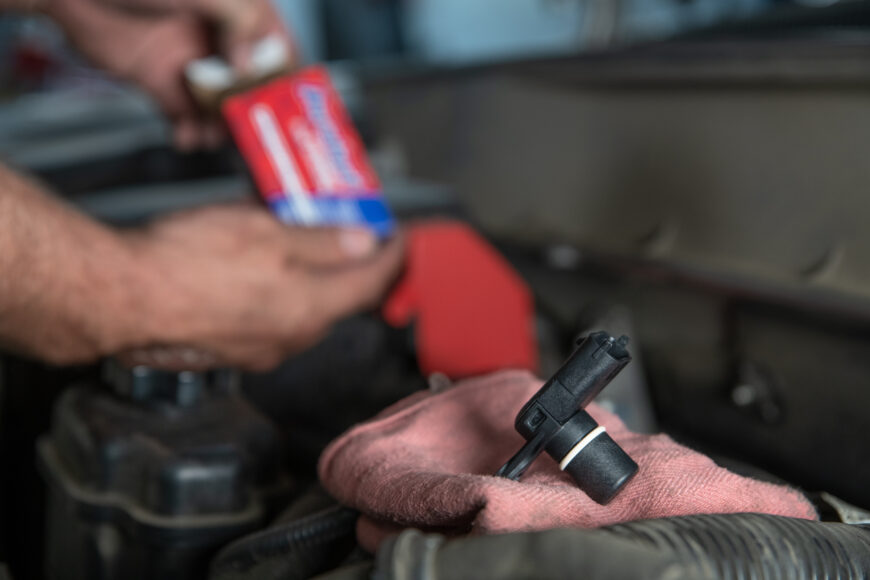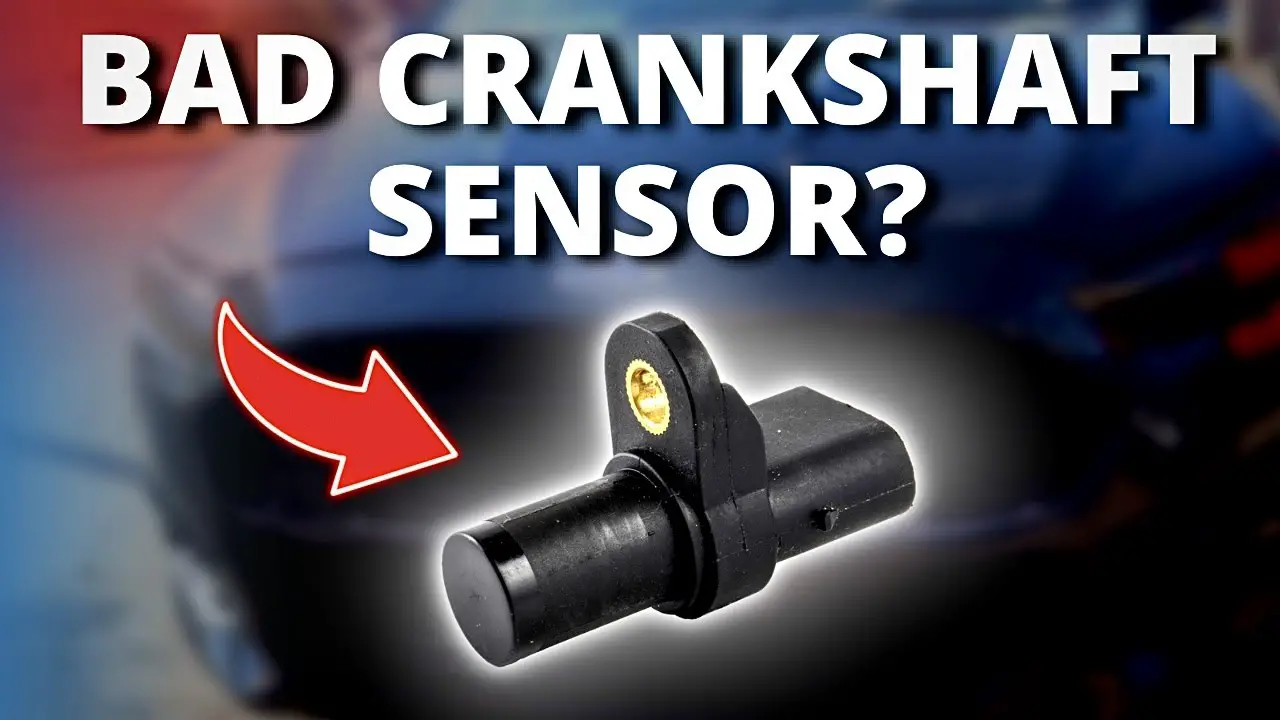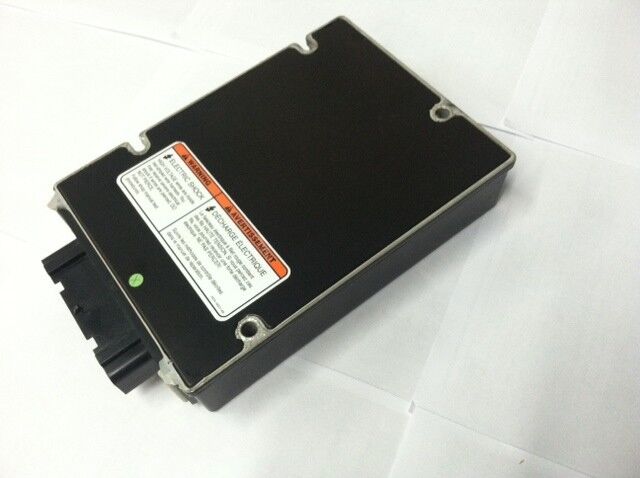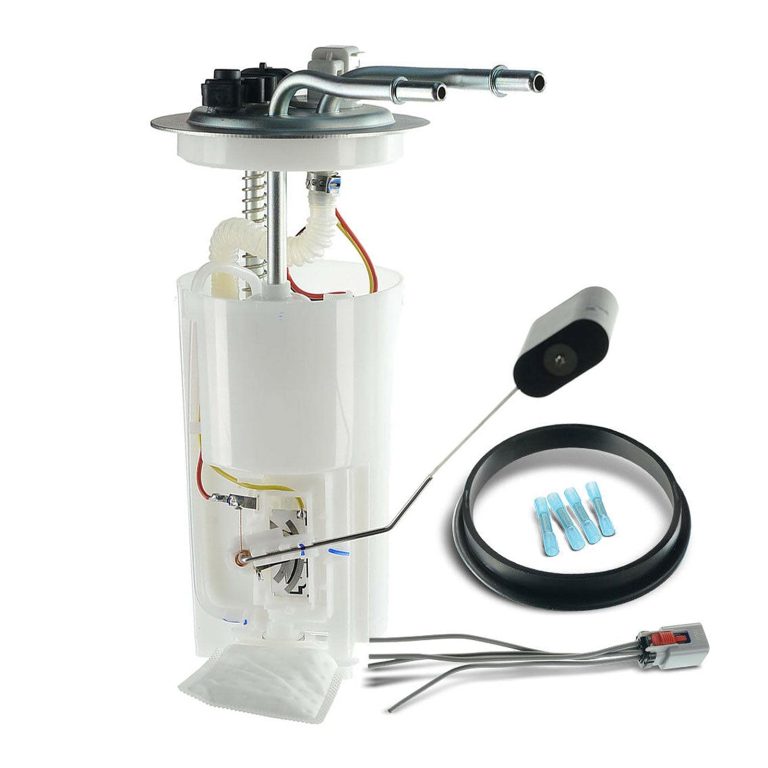Symptoms of a Bad Crankshaft
The crankshaft is a critical component of an internal combustion engine, responsible for converting the linear motion of the pistons into rotational motion. When the crankshaft malfunctions, it can lead to a variety of issues that can affect the performance and reliability of the engine. In this article, we will discuss the common symptoms of a bad crankshaft, and the importance of addressing these issues promptly.

Credit: www.autozone.com
1. Engine Vibrations
One of the most common symptoms of a bad crankshaft is engine vibrations. When the crankshaft becomes worn or damaged, it can cause the engine to vibrate excessively. These vibrations may be most noticeable at higher speeds or under heavy acceleration. If you notice that your engine is vibrating more than usual, it may be a sign that the crankshaft is in need of attention.
2. Loud Noises
A worn or damaged crankshaft can also cause the engine to produce loud knocking or tapping noises. This is often a result of the bearings that support the crankshaft becoming worn or damaged, leading to excessive play and resulting in the noise. If you hear unusual sounds coming from your engine, it is important to have it inspected by a qualified mechanic to determine if the crankshaft is the source of the problem.
3. Engine Misfires
Another symptom of a bad crankshaft is engine misfires. The crankshaft position sensor is responsible for detecting the position of the crankshaft and communicating this information to the engine control module. If the crankshaft is not rotating properly, it can cause the engine to misfire, leading to a rough idle, hesitation, or a loss of power. If you experience any of these issues, it is important to have your engine inspected to determine the cause.
4. Oil Leaks
A bad crankshaft can also lead to oil leaks. The crankshaft is supported by bearings that require a constant supply of oil for lubrication. If the crankshaft becomes worn or damaged, it can cause the bearings to fail, leading to oil leaks. If you notice oil spots under your vehicle or a sudden drop in oil level, it could indicate a problem with the crankshaft that requires immediate attention.
5. Engine Stalling
In severe cases, a bad crankshaft can cause the engine to stall. If the crankshaft becomes excessively worn or damaged, it can lead to a loss of rotational motion, causing the engine to shut down. If your engine is stalling frequently, especially during acceleration or deceleration, it is crucial to have the crankshaft inspected and repaired as soon as possible to prevent further damage to the engine.
Frequently Asked Questions On Symptoms Of A Bad Crankshaft
What Are The Common Symptoms Of A Bad Crankshaft?
A bad crankshaft can cause engine vibration, misfiring, and odd noises, such as knocking or ticking.
Is It Safe To Drive With A Bad Crankshaft?
Driving with a bad crankshaft can cause severe engine damage and potential safety hazards. It’s not safe.
How Does A Bad Crankshaft Affect Engine Performance?
A bad crankshaft can lead to a decrease in engine power, rough idling, and difficulty starting the engine.
What Are The Potential Causes Of A Bad Crankshaft?
Common causes include excessive wear, improper lubrication, and a lack of regular maintenance for the engine.
Conclusion
As a vital engine component, the crankshaft plays a crucial role in the smooth and efficient operation of an internal combustion engine. Recognizing the symptoms of a bad crankshaft and addressing them promptly is essential to prevent further damage and ensure the continued reliability of the engine. If you suspect that your engine may be exhibiting signs of crankshaft problems, it is important to consult with a qualified mechanic to diagnose and resolve the issue.




